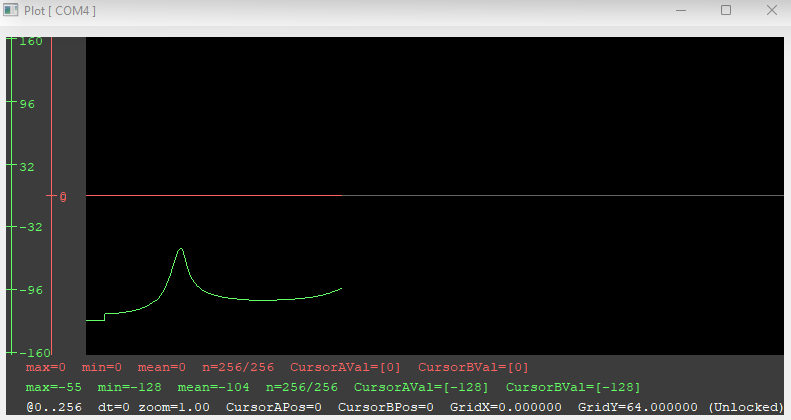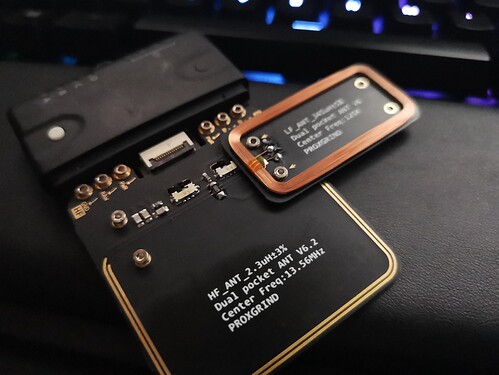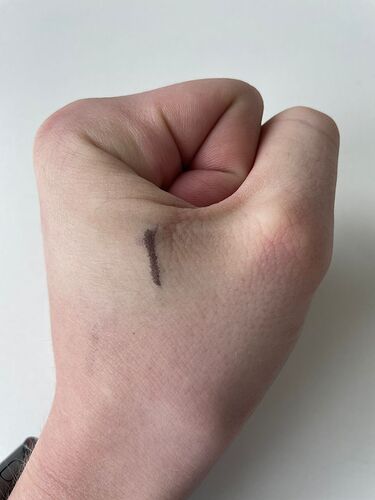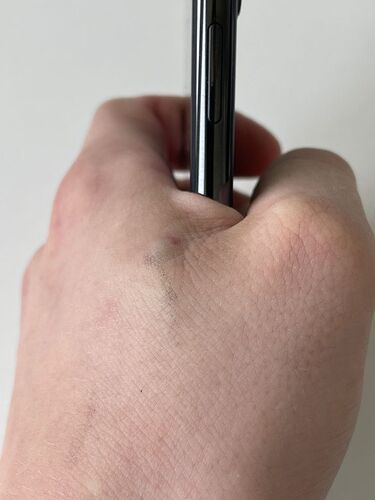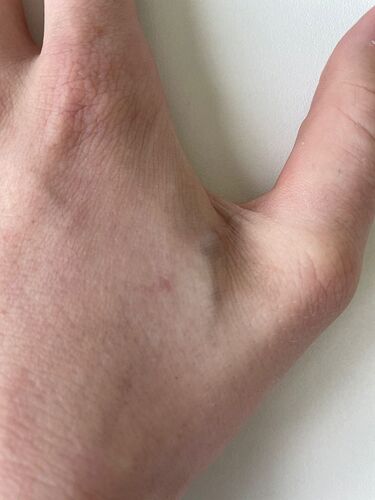Hello everyone,
newbie here ![]()
3 weeks ago I got my first Implant (NExT) in the L0 position.
I bought the Chip from DangerousThings directly and had it installed by a professional Piercer, who is an authorized Installer / Partner (“Red Pin”).
He did a great job and has experience. We marked the spot where the Implant should go, and he installed it really well.
It migrated a bit towards the “Installation Wound” (4-5mm) but it’s in a really good position.
The Depth is also perfect, right under the skin (If you would pinch your skin on the back of the Hand and pull it up, the Chip lays right below that layer (just in the L0 position))
I’ve been taking Vitamins and collagen Pills to support the Healing Process. All Visible Swelling has gone away on Week 2, and now there only lays ~2 mm Skin above the Implant. The Chip makes a small bump on the skin and you can feel it easily.
Now to my Problem:
The HF side has been working flawlessly since 10 Minutes after the installation.
The LF part unfortunately not, since the Installation I am unable to Read the Chip.
Trying with a Proxmark3 Easy (also bought from DangerousThings). Updated it, and Configured everything (Iceman Firmware).
I’ll post the Bootup Info at the End of my Post.
When positioning the Ring LF Antenna perpendicular to the arm facing side of the Chip and doing a “lf search” the Following comes up:
[usb] pm3 → lf search
[=] NOTE: some demods output possible binary
[=] if it finds something that looks like a tag
[=] False Positives ARE possible
[=]
[=] Checking for known tags…
[=]
[-] No known 125/134 kHz tags found!
[=] Couldn’t identify a chipset
On the Away/Fingertip facing side, the proxmark finds nothing, so I guess that’s the HF side.
When doing a “lf t55xx detect” there is nothing detected.
[usb] pm3 → lf t55xx detect
[!] Could not detect modulation automatically. Try setting it manually with ‘lf t55xx config’
I’ve also tried to move the antenna in millimeter Increments and trying the Commands again.
I am also not touching the Antenna posts.
The Proxmark however functions perfectly with the included T5577 Cards and with my Workplace EM410x Key Fob.
Any ideas what to try next? I would find it really odd if the Problem is still Swelling Related (But as said above I’m a newbie ![]()
![]() )
)
Help would be awesome, Thanks for reading ![]()
Bootup Info:
[ Proxmark3 RFID instrument ]
[ CLIENT ]
client: RRG/Iceman/master/v4.13441-480-g085aa819d 2021-08-02 17:55:18
compiled with MinGW-w64 10.3.0 OS:Windows (64b) ARCH:x86_64[ PROXMARK3 ]
firmware… PM3 GENERIC[ ARM ]
bootrom: RRG/Iceman/master/v4.13441-702-gd3d4e72f2-dirt…-unclean 2021-08-15 11:41:51
os: RRG/Iceman/master/v4.13441-702-gd3d4e72f2-dirt…-unclean 2021-08-15 11:52:21
compiled with GCC 8.3.1 20190703 (release) [gcc-8-branch revision 273027][ FPGA ]
LF image built for 2s30vq100 on 2020-07-08 at 23:08:07
HF image built for 2s30vq100 on 2020-07-08 at 23:08:19
HF FeliCa image built for 2s30vq100 on 2020-07-08 at 23:08:30[ Hardware ]
–= uC: AT91SAM7S512 Rev B
–= Embedded Processor: ARM7TDMI
–= Internal SRAM size: 64K bytes
–= Architecture identifier: AT91SAM7Sxx Series
–= Embedded flash memory 512K bytes ( 53% used )
